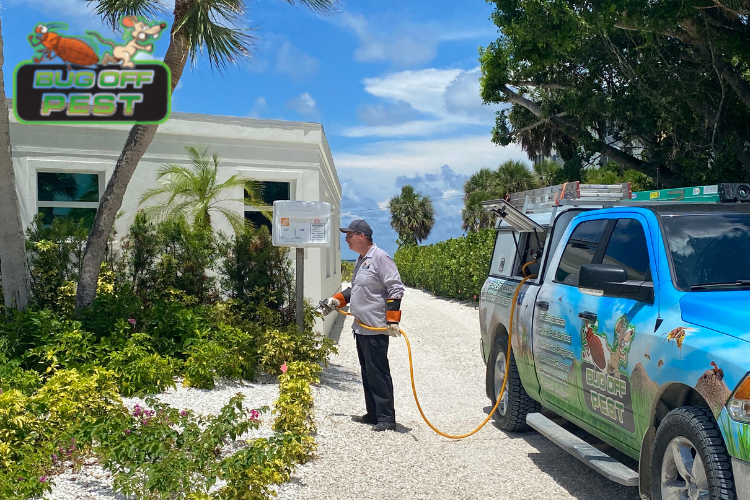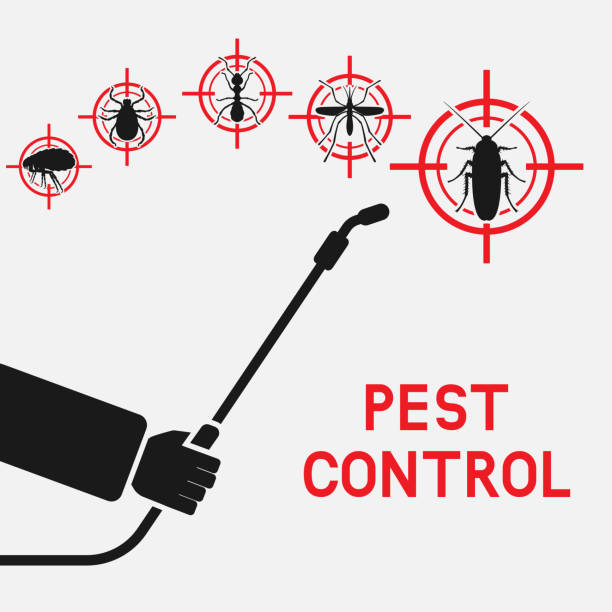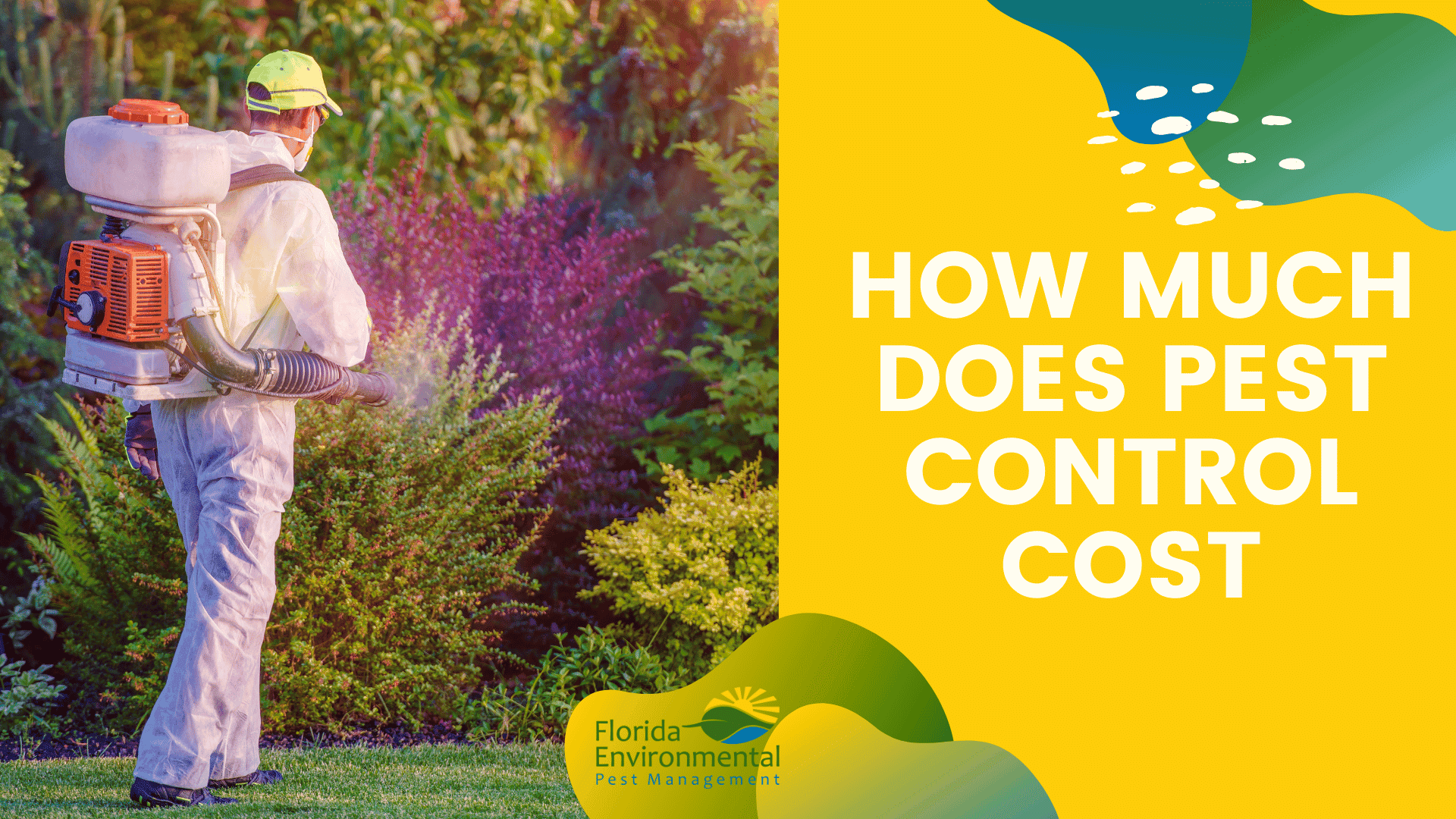Budget-friendly and Dependable Exterminator in Port Charlotte for All Your Needs
Discover the current Developments in Pest Control and Just How to Carry Out Effective Therapy Solutions
In recent years, the area of pest control has actually seen considerable improvements, driven by the requirement for lasting and reliable treatment solutions. Ingenious strategies such as Integrated Parasite Management (IPM) combine environmentally friendly techniques with cutting-edge innovation, boosting both effectiveness and ecological duty.
Eco-Friendly Insect Control Options
In the last few years, the demand for green parasite control alternatives has actually surged as businesses and house owners alike look for lasting alternatives to typical chemical treatments. This change is driven by expanding environmental understanding and a need to reduce the health and wellness risks connected with synthetic chemicals.

Green insect control approaches incorporate a variety of techniques that focus on using natural compounds and techniques. Integrated Parasite Monitoring (IPM) is one such strategy, integrating biological, social, and mechanical methods to take care of parasite populaces while reducing dependence on chemicals (Wildlife removal services). This alternative technique highlights prevention with habitat adjustment and the intro of all-natural predators, therefore promoting a well balanced ecological community
One more popular alternative is making use of organic chemicals obtained from plants, which often tend to be less dangerous to non-target microorganisms. Products like neem oil and diatomaceous earth have gotten grip for their efficiency in controlling insects while posing minimal dangers to human wellness and the atmosphere.
Additionally, exclusion methods, such as sealing entrance points and keeping sanitation, play an essential role in eco-friendly parasite monitoring. By embracing these lasting techniques, people and companies can effectively manage pests while advertising a much healthier planet for future generations.
Smart Innovation in Bug Management
Advancement is improving the landscape of insect management, with clever technology emerging as an essential pressure in improving efficiency and effectiveness - Wildlife removal services. The integration of Internet of Things (IoT) tools, fabricated knowledge (AI), and information analytics is transforming just how bug control professionals approach problems
Smart traps geared up with sensing units can find parasite task in real-time, sending instant informs to operators. This enables timely actions, minimizing damages and minimizing the demand for extensive therapies. In addition, AI formulas evaluate historic information to predict bug habits, enabling positive interventions based on ecological conditions and problem patterns.
Drones and computerized automobiles are also playing a substantial duty in parasite administration, offering airborne evaluations of large areas, determining hotspots, and even dispersing targeted therapies. These technologies not just simplify operations yet likewise boost safety and security by restricting human exposure to possibly dangerous chemicals.
Moreover, mobile applications encourage customers to check bug activity and access specialist advice, promoting a joint approach to pest administration. In general, the fostering of clever innovation is establishing a brand-new criterion in parasite control, highlighting data-driven choices and sustainable techniques that inevitably benefit both specialists and homeowners alike.
Integrated Bug Management Techniques
Integrated Parasite Monitoring (IPM) employs an all natural technique to pest control, incorporating different approaches to efficiently take care of parasite populaces while lessening risks to human health and wellness and the atmosphere. IPM focuses on recognizing the pest life cycle, their all-natural enemies, and the ecological community in which they prosper.
One of the basic parts of IPM is keeping an eye on pest populaces through routine inspections and information collection. This allows for the identification of insect thresholds, establishing when intervention is essential. Cultural techniques, such as plant habitat, hygiene, and rotation manipulation, are vital in reducing pest occurrence and promoting plant health.
Mechanical controls, consisting of traps and obstacles, are also important in IPM. These methods can literally eliminate or prevent parasites without using chemicals. When necessary, the wise application of chemical controls is employed, concentrating on targeted therapies that minimize ecological influence.
Education and learning and partnership among stakeholders, including farmers, pest control experts, and the community, are essential for the successful implementation of IPM approaches. By focusing on sustainable practices, IPM not only addresses pest issues yet also promotes a much healthier environment.
Biological Control Approaches
Numerous biological control methods are increasingly acknowledged for their performance in taking care of pest populaces while promoting ecological balance. These strategies harness natural killers, home termite control bloodsuckers, and microorganisms to minimize pest numbers without depending on synthetic chemicals. For example, the intro of ladybugs can efficiently control aphid populations, while nematodes target soil-dwelling bug larvae.
In addition, making use of microbial pesticides, such as Bacillus thuringiensis (Bt), gives an eco-friendly option for handling caterpillar parasites. These products specifically target pest varieties, reducing damage to advantageous pests and pollinators. Moreover, preservation organic control highlights boosting habitats for all-natural adversaries, such as birds and advantageous bugs, therefore urging their presence in farming systems.
Study continues to disclose innovative methods within this area, such as the use of pheromones to interfere with pest mating patterns or the growth of biocontrol agents with genetic engineering. Executing these approaches can lead to lasting parasite administration methods that alleviate the dependence on chemical interventions, ultimately promoting much healthier ecosystems. As recognition of these methods expands, they are becoming important components of incorporated bug management (IPM) approaches, offering a balance between efficient pest control and ecological stewardship.
DIY Bug Control Solutions
As house owners seek reliable means to take on parasite issues, DIY parasite control solutions have actually acquired popularity for their availability and cost-effectiveness. These approaches equip people to address infestations making use of readily available materials and techniques, commonly without the requirement for expert treatment.

Additionally, preserving appropriate cleanliness and normal assessments can avoid parasite entrance and nesting (Wildlife removal services). Basic methods, such as sealing fractures, getting rid of food sources, and decluttering, can dramatically reduce pest populations. Traps, both homemade and readily offered, can also offer efficient services for monitoring and managing details insects like insects or rats

Final Thought
The integration of environment-friendly bug control alternatives, clever modern technology, and innovative management methods provides an extensive method to effective parasite administration. By accepting Integrated Pest Administration (IPM) and making use of organic control methods, alongside DIY options, responsible and sustainable insect control can be accomplished.
Green pest control methods incorporate an array of strategies that prioritize the use of natural substances and practices. Integrated Insect Management check my blog (IPM) is one such technique, integrating organic, cultural, and mechanical techniques to handle bug populaces while treating for termites in a house minimizing reliance on chemicals. As awareness of these techniques grows, they are ending up being essential components of integrated pest administration (IPM) methods, supplying a balance between effective parasite control and ecological stewardship.
The assimilation of green parasite control choices, wise innovation, and innovative administration methods provides an extensive approach to reliable bug administration. By embracing Integrated Bug Administration (IPM) and utilizing organic control techniques, alongside DIY options, lasting and responsible bug control can be achieved.